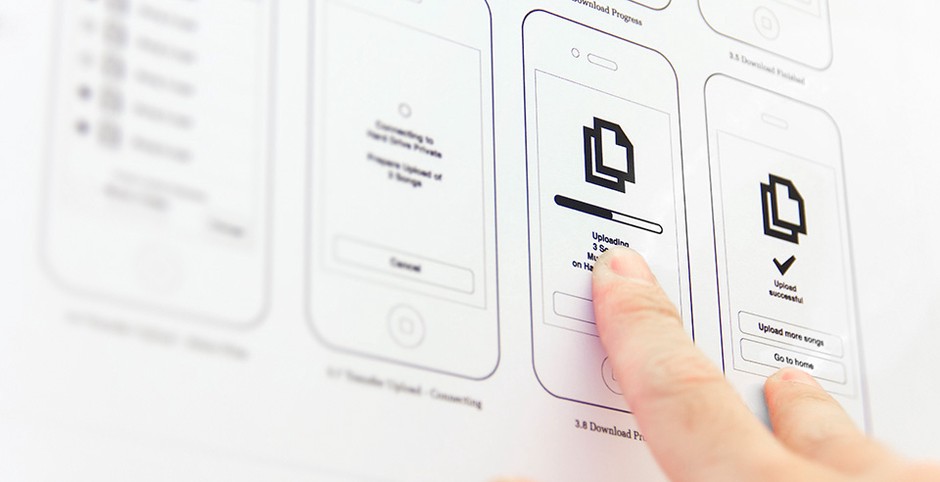We live in a world of design and sytems, the article states, and it emphaises how important it is for us as designers to create a world structure that is easy for people to navigate.
How? Through detailed, thoughtful, knowledgeable constructs of design.
Previously through Jan Chipchase’s readings, we already know the importance of Signifiers and Affordances, and how they help us create designs that clearly bring about meanings and understandings.
But the article brings about the nature of “Good” and “Bad”, moralising design choices in relation to our objective law systems, bringing an interesting new and humane perspective onto the once otherwise methodical and impartial understanding of design.
A client may only be driven by his needs and wishes, but a designer is torn between many options. He has the power to change or influence the development of a society and this thus implies significant responsibility, one that “transcends the conditions of the contract”. In my personal opinion, the designer is also torn because he would wish to retain his own design sensibilities and integrity. It is difficult to measure client’s wishes, societal responsibilities and the call of integrity.
However, the article proposed a solution where the designer can open his perspective an see things in a different light, challenging oneself to increase “personal engagement” and “personal expression”.
I realise that applying oneself can help designers realise flaws in the existing system, and work on solutions to improve it, like learning how certain industry practises are unsustainable through personal engagement, incorporate social responsibility in his design, and create solutions through expressing himself.
In Singapore, where the design field is limited, because we do not manufacture a lot of our own products, I begin to wonder if we are truly able to manifest of designer’s social responsibility. If not, how much of our reach can we make and how much of a wider splash can we create?
